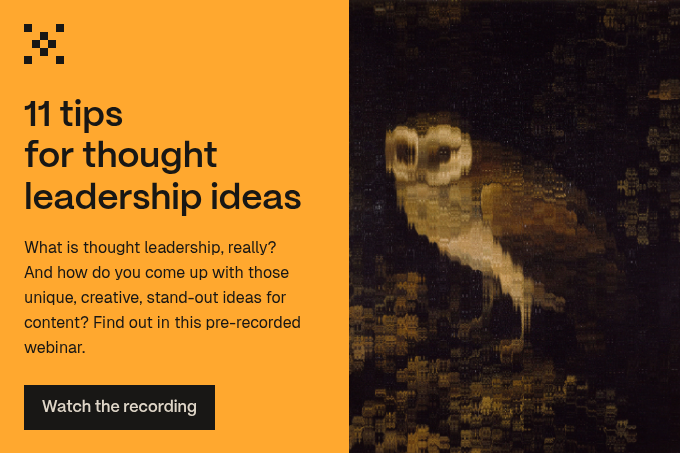Email marketing is a fine art. Too many and you come across as a spambot, too few and you leave your leads dangling.
There are around 2.6 billion email users across the globe, set to reach 2.9 billion by 2019, so the audience just keeps growing. And yet, in 2014, the average open rate for UK small to medium-sized businesses' email campaigns was just 22.87 percent, and the click-through rate a paltry 3.26 percent.
Automated email workflows are an excellent way of tapping into this rich resource but, clearly, you need more than just the software to make a success of your email campaigns.
This is all the more true now given that purchase paths are no longer linear; leads haphazardly jump from stage to stage and back again, rarely following the traditional 'funnel' model.
But what exactly is an email workflow, and how do they work?
Email workflows: what? How? Why?
Email workflows are sequence of emails that are automatically sent to leads when they fulfil certain conditions, like downloading a white paper or purchasing a product.
They're easy to set up; you just need one of the many marketing automation platforms, like HubSpot or Marketo, and a collection of conditions that you want your leads to fulfil.
Automated email campaigns help to nurture your leads at different stages of the purchasing funnel or the 'Customer Decision Journey'. Rather than just indiscriminately spamming your leads with irrelevant emails, the emails only send when the lead has completed a certain action so they should always be relevant and useful.
You can even craft workflows that break free of the linear purchasing process, reengaging indecisive and inactive leads, such as those that haven't visited your website for a month or leads who've abandoned their shopping cart.
But even if your emails are hitting your leads at the right moment, they can still sound formulaic, robotic and trite. How do you profit from the efficiency of automation while still sounding human?
Easy: write extraordinary emails.
How to write emails that entice and convert
Compelling emails are the beating heart of automated email campaigns.
Crafting an email for every individual is, of course, out of the question, but how do you write emails that share a common aim – nurturing leads – which are also carefully targeted?
Think of each of your email workflows as a unique story, each email another chapter encouraging the lead onwards. That's not to say that the journey is so linear, but the emails should have a logical flow. And bear in mind that every lead is likely to enter various workflows, so try to avoid too much repetition between them.
We've written before about how to write better emails, but as the world now sends over 205 billion emails every day – of which about 80 percent is spam – it bears repeating.
- Nail the subject line. It's the first thing your lead will see, so make a good impression. Keep it short, descriptive and to the point. And do not promise anything that the email does not deliver – there's no faster way to the unsubscribe list.
- Do not use: 'noreply@company.com'. This email address makes you sound like a robot and nullifies any other personalisation you might have in the email. Consider using a real name; people are far more likely to open an email if they feel like they are interacting with another human.
- Personalise the email with dynamic information. This is the information that varies depending on who's receiving the email, like the lead's name, the product they've bought, the ebook they've downloaded, etc.
- Think about what your leads want to read, not about what you want to write. Keep in mind where the lead is on the customer journey, and make it clear how they're going to benefit from the offer.
- Keep it short and direct. Delete all adjectives and adverbs. Your reader will decide whether to delete your email based on the subject line and the first couple of lines of your email, so make them count.
- Write well and avoid the ten most common mistakes. This means writing simply and clearly; you're not going for the Pulitzer.
- Avoid clutter. Long order numbers and customer reference numbers may be necessary but they don't belong in the subject line or the main body of the email. Keep such details visible but out of the way, at the top, bottom, or side of the main text.
- Find your tone of voice and stick with it. This gives your emails both personality and consistency.
- End strong. You don’t just want your emails to be liked, you want them to inspire action. Finish with a clear call-to-action that nudges the lead towards the next step of the customer journey. If they've downloaded and read a few white papers, they might appreciate an invitation to a product demonstration, or perhaps they're ready to buy.
- Run A/B tests to fine tune the various elements – subject line, layout, call-to-action, etc – of your emails.
Think about the sort of promotional emails you receive. Which ones do you open and which get sent straight to the bin? Answering these questions and seeing what others get wrong will help you steer clear of unsubscribe lists and get you crafting emails that entice and convert.
Hat tips, in order of appearance, to nist6dh, Vinoth Chandar, Peyri Herrera for the photos.






